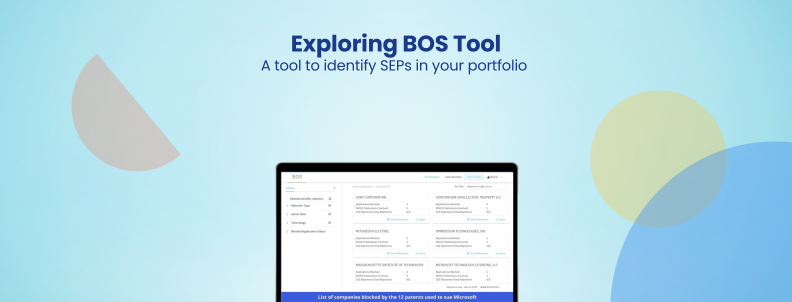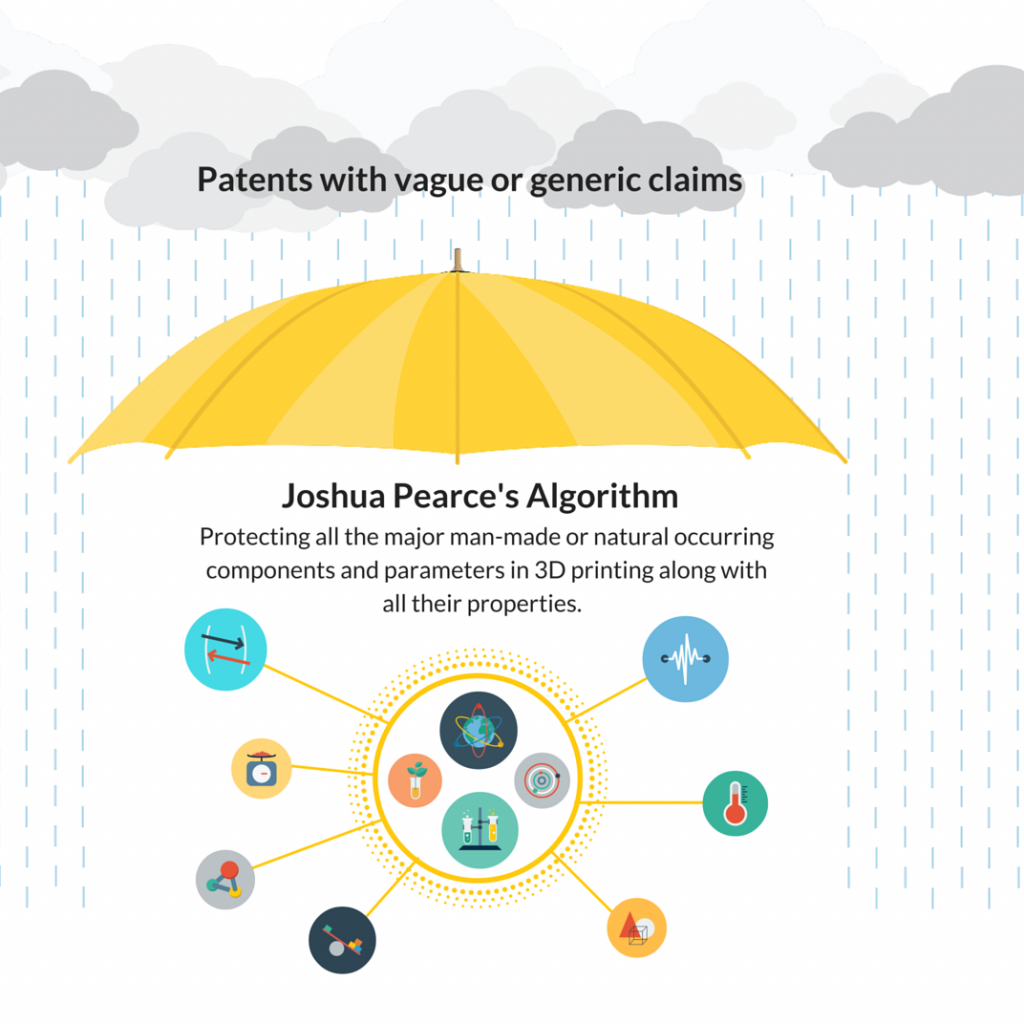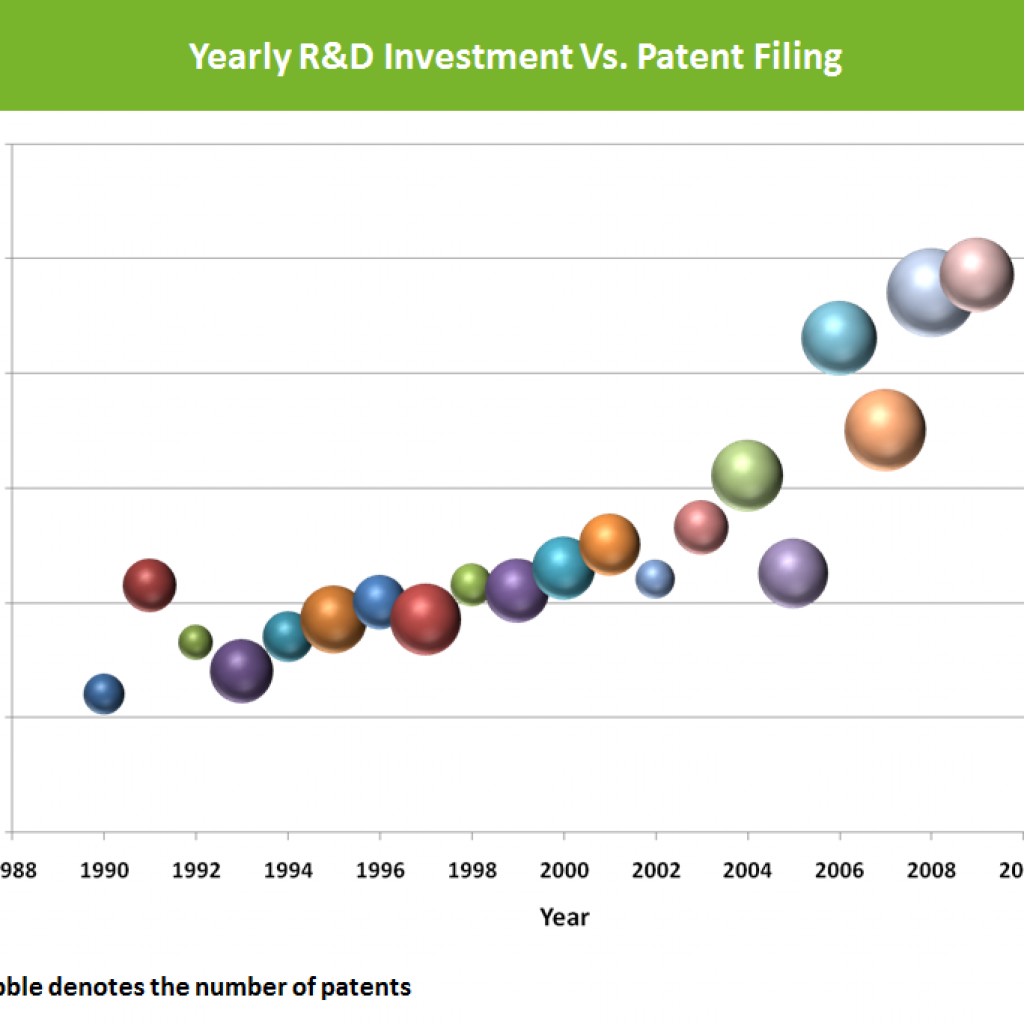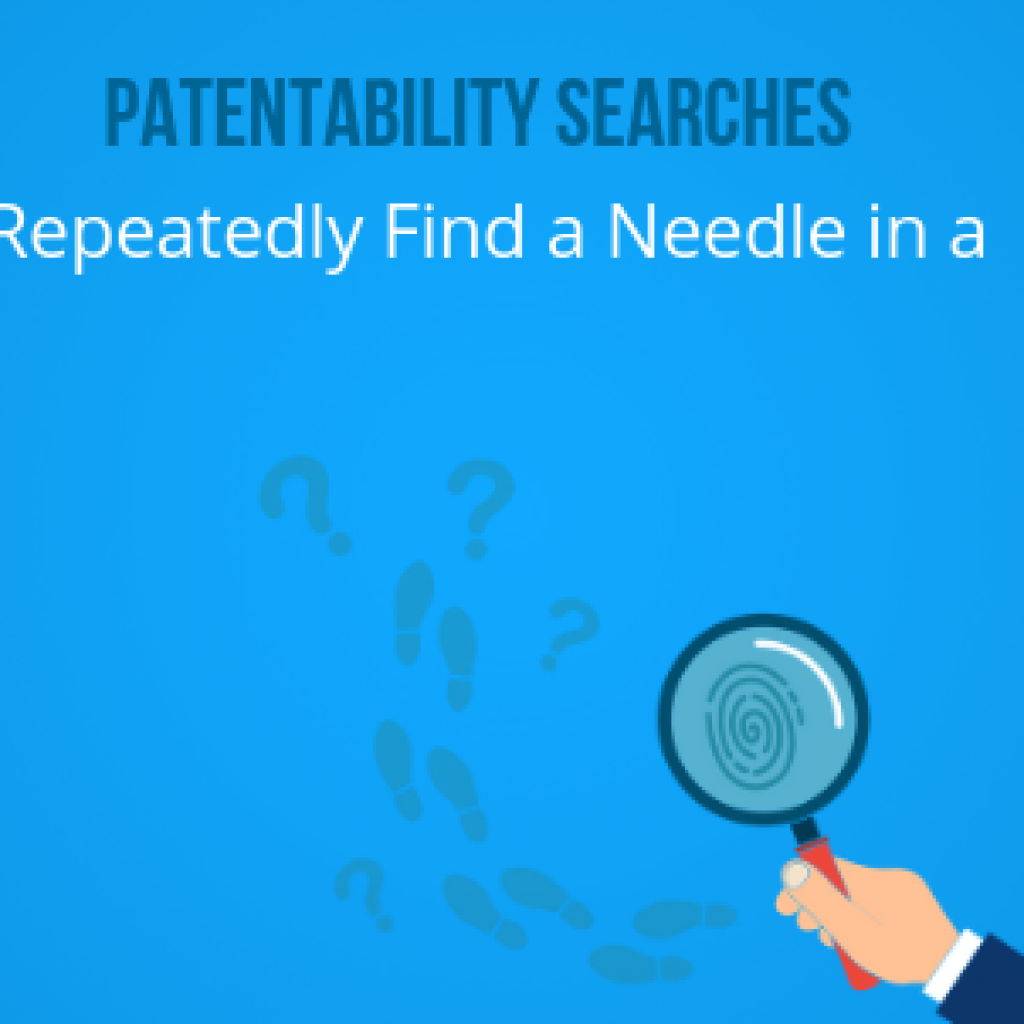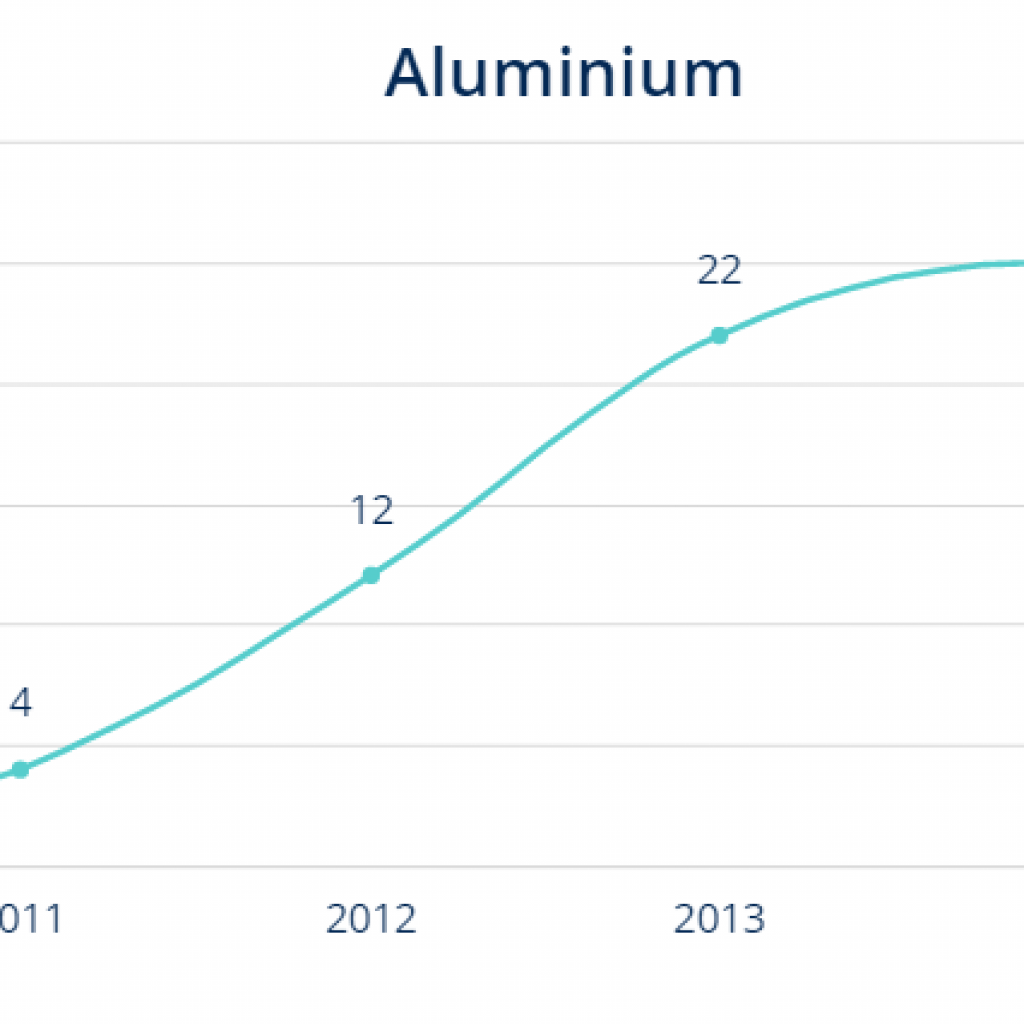The Traditional process to identify Standard Essential Patent (SEP) is time-consuming and resource-intensive, especially when dealing with large patent sets. While manual analysis cannot be overlooked, it often involves examining patents that are not even close to being a Standard Essential Patent (SEP).
This leads to wasted resources and hindrances in competing in the dynamic telecom industry. Thus, optimizing the SEP identification process by prioritizing the review of the patents that have a higher likelihood of being an SEP would lead to better patent portfolio management and resource utilization.
As a solution, GreyB’s BOS Tool detects potential SEPs within a portfolio, presenting opportunities for further rigorous manual analysis, thus optimizing the process.
The Traditional Method of Identifying SEP in a Portfolio
Typically, the identification of standard essential patents is performed either by an in-house intellectual property (IP) team or outsourced to a patent research firm. Regardless, the process follows the same fundamental steps.
Step 1 – Identifying patents targeting technology areas related to standards.
Step 2 – Finding its broadest claim.
Step 3 – General search about the procedure explained in the patent claim.
Step 4 – Searching across the 3GPP standards for the procedure explained in the patent. 3GPP searching can be tricky and time-consuming.
Step 5 – Overlapping each and every element of the patent with the procedure explained in the patent. To conclude whether the patent is SEP or not.
The initial step of patent analysis to identify Standard Essential Patents (SEPs) poses a significant challenge when dealing with a vast portfolio of hundreds of patents. Manual analysis of each patent not only consumes valuable time but also yields uncertain outcomes as there is no concrete method to rank the patents based on their probability of being an SEP.
However, GreyB’s BOS provides a solution to overcome this limitation of the traditional process.
How can GreyB’s BOS speed up this process to identify standard essential patents?
BOS takes a patent set as input and automatically flags potential SEPs patents. In the background, it scrutinizes the prosecution history of the inputted patents. It then highlights patents where the examiner used standard documents while prosecuting that patent. Since the examiner considered the patent relevant to a standard technology, such patents flagged by BOS for SEP will automatically be potential SEPs.
As a result, employing BOS would tweak the identification process, and this is what the new process would look like.
Step 1 [new] -Add the patent set to the BOS Tool to get a list of potential SEPs
Step 2 – Examine the shortlisted patents for their broadest claim.
Step 3 [new] – Review the rejection provided by the examiner.
Step 4 [new] – Analyze the newer version of the 3GPP document cited by the examiner to conclude whether the patent is SEP or not.
The following steps demonstrate a high degree of efficacy in theory. However, to gain a more comprehensive understanding of their practical application, let’s explore a relevant example from one of our projects where the BOS tool facilitated the process to identify standard essential patents.
Step 1 [new] – Add the patent set to the BOS Tool to get a list of potential SEPs.
We took a sample patent set of 100 patents and used the BOS tool to perform the first filter.
NOTE: The patent set is from GreyB’s real-life project, so details are concealed for confidentiality.
The patents for which the “Are there any 3GPP Citations by the examiner during patent prosecution” Column was marked “True” are potential SEPs. These patents are then taken a step ahead for detailed analysis.
For example, USXXXX741B2 was confirmed for the essentiality against the 5G standard.
Step 2 – Examine the shortlisted patents for their broadest claim.
USXXXX741B2 discusses a method for resource management during a handover operation to a second network. A PDN gateway receives a policy update confirmation message from PCRF. And resources are released. On analyzing the claims of this subject patent, it was found that claim 3 is the broadest one and described the following process.
[Claim 3]
A method for performing resource management during handover ………… to the second network, the method comprising:
….
A packet data network gateway (PDN GW) receives a policy update confirmation message from PCRF;
…..
resources are released.
Step 3 [new] – Review the rejection provided by the examiner for USXXXX741B2.
During the analysis of the file history of the subject patent, in this case, USXXXX741B2, the following rejections came to light.
Source: Snapshots from file history of USXXXX741B2 [masked to maintain confidentiality]
Step 4 [new] – Analyze the newer version of the 3GPP document cited by the examiner and conclude whether the patent is SEP or not.
The examiner had initially given the rejection based on the 3GPP document TS 23.402 v0.5.0, dated May 2007. To determine if USXXXX741B2 is a standard essential patent (SEP), a search was conducted for the latest version of this document. The most recent version of TS 23.402 was found to be v18.1.0, released in March 2023.
In the newer version, a new section 6.7, described UE-initiated resource request and release procedure, which seemed to align with the patent claim. This section described the details of the procedure initiated by the UE for performing resource management during handover. Like a PDN GW receiving a policy update confirmation message from the PCRF (within the PCC rules provision procedure; see point 5 in the diagram in the table below).
| Subject Patent – USXXXX741B2 | 5G Specs – 3GPP Standard – TS 23.402 V18.1.0, 2023-03 |
| [Claim 3] A method for performing resource management during handover …… to the second network, the method comprising:…. | 6.7 UE-initiated Resource Request and Release 6.7.1 UE-initiated Resource Request and Release on S2a … This clause is related to the case when UE-initiated resource request and release is supported in the Trusted Non-3GPP IP Access and utilized for the S2a/S2c traffic flow aggregates. …Step 2 may be omitted if the Trusted non-3GPP IP access has already received authorization for the UE’s request from the PCRF, e.g., QoS rules downloaded at handover. Analyst Comment: “Second network” has been considered as a “Non-3GPP IP Access” network. Also, the “UE-initiated Resource Request and Release” is the required “resource management during handover”. |
| A packet data network gateway (PDN GW) receives a policy update confirmation message from PCRF; ….. | Analyst Comment: The element “a policy update confirmation message” is the “PCC Rules Provision Procedure,” a policy and charging control procedure. |
| …resources are released. | 6.7 UE-initiated Resource Request and Release 6.7.1 UE-initiated Resource Request and Release on S2a … 3. An IP-CAN-specific resource allocation or resource release procedure may be triggered by enforcing the received policy rules. This step sends a response for the resource request/release to the UE. 4. The trusted non-3GPP IP access indicates to the PCRF whether the requested QoS Policy Rules Provision could be enforced or not, thus completing the GW Control and QoS Rules Provision procedure. |
Upon comparing the section and the claim, it was confirmed that this patent is a Standard Essential Patent (SEP).
Conclusion
The efficacy of manual analysis to identify standard essential patents is not in question. However, the key to increasing the value of your patent portfolio lies in the ability to have a clear direction in which to invest your time. By serving as an ideal starting point, GreyB’s BOS Tool will shortlist patents with a high likelihood of being an SEP and saving hundreds, or even thousands, of manual hours.
Gain a better understanding of the benefits of the BOS Tool for patent portfolio management by experiencing its perks firsthand with the simple click of a button.
Authored by: Piyush, Shubham, Kabir, Infringement Team
Edited by: Annie Sharma, Editorial Team

